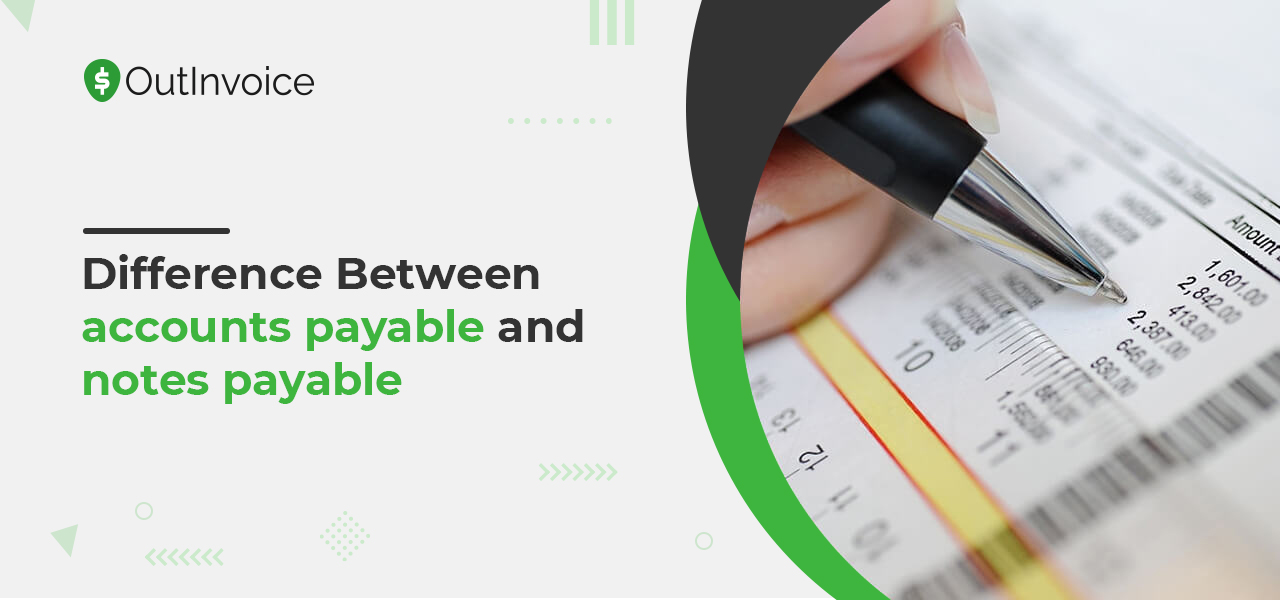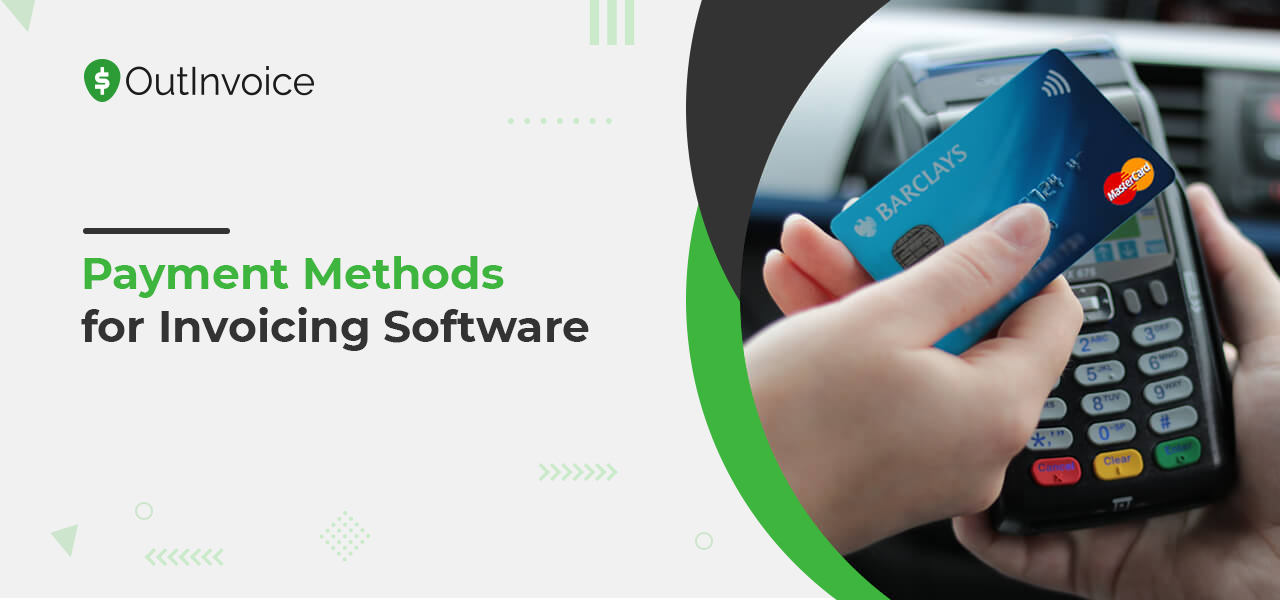
Difference Between Accounts Payable and Notes Payable
Table of Contents
Accounts Payable
An account in the popular ledger, which is mainly used to record purchases of goods and services on credit, is called account payable.
Here it generally has a credit balance. It is mainly used to record the purchase of goods and services so that it has an appropriate entry to show the incoming and outgoing goods and payment credits. Double entry is used to keep credited accounts payable, and the respective account will be debited. In this case account, payable is debited, and cash is credited.
Most accounts payable have to be paid within 12 months to keep the liability in the balance sheet. Account payable has to be managed very carefully as the impact on various aspects of business-like cash position, goods supplies and purchases, and credit ratings.
If the company runs out of cash, it will face difficulty making short-term payments, and it will receive a money order for the balance payable in the inevitable future. If the terms and conditions are agreed between buyer and sellers, the note is written, signed, and issued to the credit. Then this payable becomes note payable.
A note payable account is credited in the general language, whereas an account payable account is debited. In this way, the company gets a chance to make money, and creditors will make an interest income until cash is paid.

Account payable departments offer more than just referring to bills and invoices. In a smaller business, account payable and account receivable responsibilities are combined but in the larger companies, account payable is one side of finance. Though, the main goal of any business is to find payable accounts. The most basic functions of account payable are:
1. Vendor Payments
The function of accounts payable that most people think of is processing incoming invoices and paying the business’s suppliers. Account payable manages the vendor’s contact details, payment terms, and internal revenue service. A/P starts with the pre-approved purchase order or payable verification after the purchase is made. Vendor payment also includes an end-of-month analysis report that tells your business management team.
2. Internal Payments
Accounts payable often functions internally to allocate internal recovery payments, cash flow control, and control the distribution of sales tax exemption certificates. Internal refund expenses follow business control procedures that require a manual log report. Account payable maintains the sale tax exemption certificates. It issues sales expenses to department managers, which ensures business purchases.
3. Business Travel Expenses
Large businesses in which the owner frequently travels add travel management and payment responsibilities to the accounts payable function. They can make advance airline fees, car rental, and hotel reservations. They are allowed to distribute funds to cover travel expenses. When the traveler returns, the accounts payable would be responsible for settling funds, asking about the spent funds, or for processing travel refunds.
3. Other Functions
The accounts payable department functions to reduce costs by paying attention to details that can save the business cost. For instance, an invoice gets paid within the discount period that sellers provide. If you got a decent relationship with vendors, you could benefit by extending the payment period. A good relationship might lead to more accessible credit terms.
Accounts payable are used to buy goods or services, while notes payable are used to purchase specific benefits while notes payable are used to purchase fixed property such as property, buildings, and equipment.
In business, companies are continuously buying supplies and materials that are used to brace their activities. These purchases are usually short-term accounts payable from the vendors of goods or services. However, note payable is used for buying fixed assets like property, equipment, and plant facilities. These are formal draft notes for a specific amount of money.
Account payable is informal verbal agreements between buyers and sellers. The only documents between buyer and seller are invoices from the seller side and purchase order from the vendor side. However, note payable is a more formal written loan contract which is more complicated with dozens of pages.
Accounts payable are replied to and repaid within 30 days without any interest. Some sellers provided some discounts for the early payer within ten days and provided a 1% discount or the vendor’s wish.
Nevertheless, notes payable are paid over the longer terms with the specific full-grown date. They start from 90 days and extend up to many years. Payments are generally fixed for the principal and interest. Accounts payable are not attached with collateral, whereas notes payable are the fixed assets that are purchased as security for a loan.
Vendors are ready to extend short-term credit to low-risk customers with reasonable credit amounts. If a purchaser fails to pay their accounts payable commitment by the due date, the vendors decide to make notes payable for an extended term with specific interest charges. Suppliers use the note payable agreements with higher-risk customers when the payments extend for several years.
As buyers keeping in connection with suppliers will increase reputation with suppliers, they now can keep longer payment terms. They are a valuable resource to provide credit for a business.
Notes Payable
In the company’s ledger, notes payable are a liability. When a company lacks cash, it may issue a bank draft note to a commercial institution or a vendor to borrow funds.
The standard items that may be specified in a money order note issued to a party are the interest rate, collateral, and any limitations urged by the creditor. These limitations might include restrictions.
The general ledger keeps the record of all banknotes issued by the company to the vendors of assets. Notes payable is a liability account; the ordinary course of entry is crediting notes payable and debiting cash. The payment is recorded by debiting notes payable account, crediting cash account, and interest account.
If a company issued many notes to different parties, it could maintain a notes payable subsidiary ledger to keep a distinct record of each note issued by it.
The amount in the notes payable account indicates the total amount that you need to pay against the banknote issued by the company—handling notes payable means committing to the payments made in maturity dates. If a company could not meet its terms and conditions, it will lead to a lousy prestige which adversely affects the overall credit score.
Notes payable are designed to finance purchases of absolute assets such as property, buildings, and equipment. They have formal agreements, a fixed payment time, a specific interest rate.
Note payable is a liability account written by the company as a general ledger. It is the record where lenders and borrowers agree. However, the vendor would record this same written promise in their notes receivable account. Any notes payable account should include the most basic information about the debt. Some of the factors are:
- Principal Amount
- Due Date
- Interest Debit
- Collateral Pledged
- Creditor Limitations

These are noted as a formal money order note. Long-term or short-term liability will depend on its due date. Notes due within 12 months are considered current or short-term liabilities, and notes after one year are taken as long-term or non-current liabilities.
Similarly, notes payable is a formal agreement between your business and a bank, financial institution, or another banker.
For instance, a business borrows $10,00 from a bank. Then, the business posts a credit to its notes payable for $10,000. Suppose it plans to pay back its notes payable within a year included as a current liability in a balance sheet. If the note is due after a year, then the notes payable is termed as a long-term liability.
On the contrary, account payable is considered a short-term liability. Notes payable are taken as long-term or short-term liability, depending on the compensation terms indicated on the banknote.
The most significant section of the current liability portion on the company’s financial statements. It represents the buys that are unpaid by the companies.
In the cash conversion cycle, companies match the payment dates with notes receivables ensuring that receipts are made before making the payments to the suppliers. If the companies have note payable days, it is better. It reflects that the company has good cash flow.
The identity of notes payable matches with current liabilities. The standard features of notes payable are within current liability:
These are short-term obligations to be paid within a year.
The crucial part of working capital requires the management of notes receivable and notes payable, both contributing to a healthy cash flow cycle and whole current liabilities.
Note payable and current liabilities are the consequences of a past transaction that forces the entity.
Recent liabilities are one of the two-part liabilities making notes payable as liabilities. In a nutshell, the nature of notes payable does not match with those of assets.
Notes Payable vs Interest Payable
If a company uses the expansion method of accounting, notes payable will need to be amplified with an interest payable accounts. This is because a bank draft note requires the deadbeat to pay interest, creating additional interest expense.
In the payable interest account, a company records any interest sustained during the accounting period that has not yet been paid.
Notes Payable vs Accounts Payable
Notes payable creates a record of debts or liabilities, which sounds similar to accounts payable. Yet, there is a slight difference between these two.
When considering notes payable vs accounts payable, the vital difference is that account payable does not include a formal written promise or bank draft note. It provides a more informal record of any outstanding purchases that need to be paid off. Accounts payable is also a liability account that is used to record any purchases on credit from the business suppliers.
The difference between accounts payable and notes payable relates to and record on the balance sheet.
When recording details of a loan as notes payable, you need to look at the following accounts on the balance sheet. It must include the following data:
- Interest charge
- Interest payable
- Notes payable
- Cash
As you pay back the credit, you will document notes payable as a commitment journal entry while crediting the cash account. This is a liability on the balance sheet record. You must work out the interest percentage after making a payment, figuring the interest expense and payable interest accounts.
Difference between Notes Payable and Accounts Payable
There are slight differences between accounts payable and notes payable. They are:
1. Maturity Period
Notes payable can be a short-term or long-term commitment for the business. However, accounts payable are always considered short-term commitments, which are settled within a year.
2. Convertibility
Notes payable are not converted into accounts payable. However, the same is not applicable for accounts payable. Accounts payable are converted into notes payable upon common consent and understanding of the parties involved.
3. Parties Involved
Notes payable are primarily generated and issued for debit arrangements and are payable to economic institutions and credit companies. Account payable usually is the supplier of inventory and services.
Accounts payable accounts are used to maintain purchases of products and services, while notes payable accounts are used to record incoming and outgoings from commercial institutions.
4. Note Terms and Conditions
A written document or note which specifies terms and conditions is not required in account payable. However, an invoice provided by the supplier is attached to each order. But, notes payable, on the other hand, have specific terms and conditions about payment dues. They include terms and conditions, interest rates, bond information, maturity date, Net 30 Payment terms, and more.
5. Uses and Application
Accounts payable are majorly used for buying inventory. This is mainly done in cases where the business has a command to establish itself as a dependable partner in the distributor value chain, against which they are ready to provide inventory on credit. However, with notes payable, the amount is mainly used in business to purchase benefits like property, equipment, and plant.
6. Involvement of Financial Costs
In the case of accounts payable, there is no warning. In most cases, it is a verbal consideration between both parties without any related financial costs. But, there may be trade discounts if available. Conversely, it is clear that notes payable do not have any interest component attached to them. Two accounts notes payable and interest costs are needed to maintain if they are asked for short-term debt. Hence, no financing elements are involved with interest costs as far as payable are concerned, but this not the case with account payable.
7. Impact on Working Capital Management
In working capital management, accounts payable is always used. It has a significant impact on the cash conversion cycle. Nevertheless, notes payable may or may not be included as a part of the company’s working funds management.
8. Risk
In account, payable transactions are often between two creditworthy companies. If a company already has good credit or a good seller-buyer relationship, then there will be low risk in lending money or selling goods in credit.
Notes payable are created for high-risk situations which require a formal contract. Buying a new business property has a higher risk than investing in a small business.
9. Calculation of Working Capital
Calculation of working capital is always essential for accounts payable. In the case of notes payable, calculation of working capital may or may not be considered depending upon current or non-current liability.
Shortly, a critical difference between accounts payable and notes payable are mentioned below:
- Accounts payable is a liability debited to suppliers, whereas notes payable is a liability due to commercial institutions or banks.
- Account payable is liability recorded when credit purchase of marketable items is made, whereas notes payable may start from the purchase of non-current assets.
- Accounts payable can continually be transformed to notes payable if the seller issues a banknote to the company, whereas notes payable can never be transformed to accounts payable.
- Account payable arises when the seller or vendor believes that the receiving company is trustworthy and low-risk, whereas notes payable is issued to confirm that high-risk customers are legally committed to pay back.
- Accounts payable can be paid off whenever they like, whereas notes payable need to be cleared at a specific time.
- Account payable account is used to maintain the purchase of products or services, while notes payable accounts are used to record incoming and outgoing transactions from commercial institutions.
- Accounts payable is a verbal understanding between both parties and associated persons, whereas note payable has an interest component considered.
- Notes payable are written agreements drafted between credit companies and financial institutions, whereas accounts payable are generally the suppliers of services and inventory.
Conclusion
After analyzing the above paragraph, it can be concluded that notes payable and account payable are equally crucial for a business to run smoothly. Accounts payable are the short-term commitment of the company towards its suppliers when the goods are purchased, or the company credit provides the services from the suppliers. These things are listed under the current liability of the company. But, notes payable the issued by the vendors when the funds are borrowed from the lender, generally for purchasing the fixed assets. These are the formal written agreements that are mutual terms between both parties.



